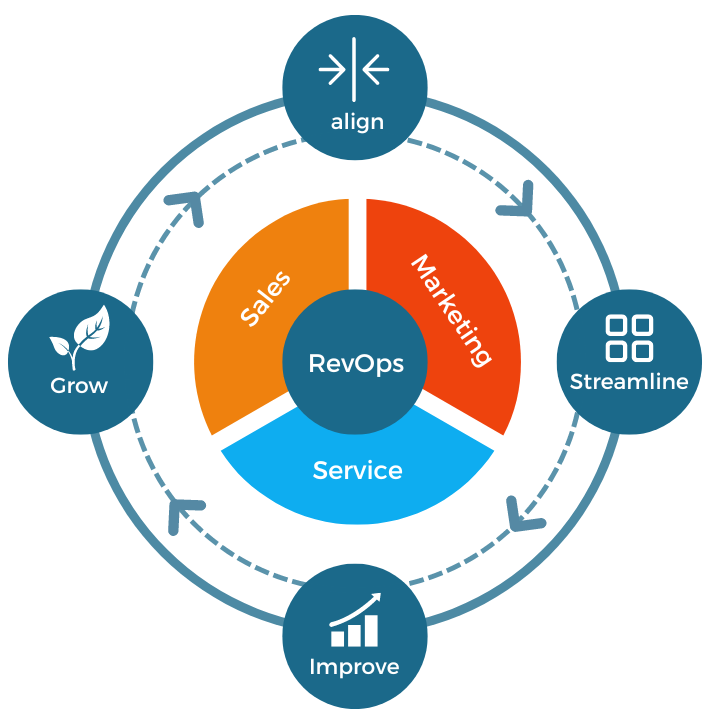Stock Market Outlook, 6 Signs of a Bubble and Recession: Rosenberg
- The stock market is on shaky footing and a recession is coming soon, says economist David Rosenberg.
- Stimulus has supported both stocks and the economy, but it will no longer be able to do so.
- Rosenberg shared six charts that show why he’s concerned about stocks and the economy.
The economist who sees a 75% chance of a recession in 2022 believes that the stock market, like the economy, is built on a house of cards.
David Rosenberg, the founder and chief economist of Rosenberg Research, told Insider in a recent interview that the US economy has been supported by three catalysts over the last few years: unprecedented fiscal stimulus, ultra-easy monetary policy, and the economic reopening.
So what’s going to happen when all of that support is taken away?
“Nobody has a clue what the economy or the market’s going to look like once those training wheels are taken off the bicycle,” Rosenberg told Insider.
Though the pandemic disrupted businesses and the economy, it was a blessing in disguise for stocks. Congress and the
Federal Reserve
unleashed a flood of fiscal and monetary stimulus on markets, which, combined with the eventual economic reopening, lifted stocks to all-time highs like clockwork in 2020 and 2021.
Stocks have had a much tougher time so far in 2022, despite how much the economic and COVID-19 situations have improved in the past two years. Positive news about the recovery has long been priced in, and government policies that once served as tailwinds have become headwinds as fiscal stimulus dries up and the Fed starts to unwind its stock market-friendly policies.
The absence of those three catalysts, plus a pair of far more serious risks — the Russia-Ukraine war and 40-year high inflation — have damaged what Rosenberg already saw as a shaky foundation for markets.
Recession risk stems from Uncle Sam’s ‘irresponsible’ response to transitory inflation
Ironically, the US government’s attempt to revive an economy crushed by pandemic-induced lockdowns will inadvertently play a role in causing the next
recession
, in Rosenberg’s view.
Spiking inflation doesn’t yet appear to have dampened strong spending by US consumers, but very well could if it persists. And while no one could have foreseen the bidding wars for goods after supply-chain backlogs caused shortages, Rosenberg believes that much of the inflation problem was preventable.
Congress was widely praised for dishing out hundreds of billions of dollars in stimulus checks in March 2020 during the worst of the economic crisis. But doing so again the next year was, in Rosenberg’s view, a massive mistake that exacerbated the inflation problem.
“I think that it’s obvious now that we really didn’t need to have that last massive round of stimulus checks in March of 2021 since the economy was already reopening,” Rosenberg said, adding that the American Rescue Plan passed last March was “irresponsible fiscal stimulus that was un targeted and ill-timed, in retrospect.”
But according to Rosenberg, the Federal Reserve also deserves blame for responding to the “surreal amount” of fiscal stimulus by adding tons of bonds to its balance sheet for months longer than it needed to.
“With the benefit of 20/20 hindsight, the Fed’s timing has been less than stellar,” Rosenberg said. “And that’s probably an understatement.”
Rosenberg now believes the Fed will overreact and rapidly raise interest rates in hopes of slowing inflation. Doing so would be a mistake, in his view, for two reasons: hiking rates as growth wanes will likely cause a recession, and inflation should slow on its own anyway.
Markets are pricing in six to seven interest rate hikes in 2022. That’s a problem, Rosenberg believes, given his view that more than three hikes will cause a recession. It’s always the pace of rate hikes — not the nominal change — that matters, Rosenberg said.
“We have never seen the Fed embark on a tightening cycle with such a confluence of factors, such as a wobbly stock market with wide swaths either in correction or
bear market
as it is,” Rosenberg said, adding that high geopolitical risk and an alarmingly flat yield curve don’t help.
Worst of all is that a strong hawkish response from the Fed may not even be necessary. Inflation will eventually dissipate on its own as supply imbalances sort themselves out, Rosenberg said, so the Fed’s plan to quickly raise rates may suffocate demand without solving the core problem.
While Rosenberg disagrees with the Fed’s response to inflation, he believes the US central bank was right when they held the now-passe view of “transitory,” or temporary, inflation that would fade on its own. That vague and often-mocked moniker has since been retired as the Fed sharply reverses course on inflation, though Rosenberg believes the central bank should stay the course.
“It depends on how you want to define ‘transitory,’ which has become a dirty 10-letter word in the investment lexicon,” Rosenberg said. “But yeah, I do believe that it will prove to be transitory.”
Inflation won’t magically disappear in a few months, Rosenberg said, but he believes the fact that it’s mostly caused by supply shortages means it will dissipate without a draconian response from the Fed. Strong deflationary forces like globalization, aging populations, and a surge in Chinese exports kept inflation low last decade and will do so again, Rosenberg said.
6 signs of economic weakness and a market bubble
The Fed potentially mismanaging its inflation response isn’t all that investors need to worry about. Rosenberg shared six charts that illustrate signs of economic weakness, or even a stock market bubble. Below each is a description and commentary from Rosenberg, if applicable.


.jpeg?width=682&height=455&name=AdobeStock_295048993%20(1).jpeg)



